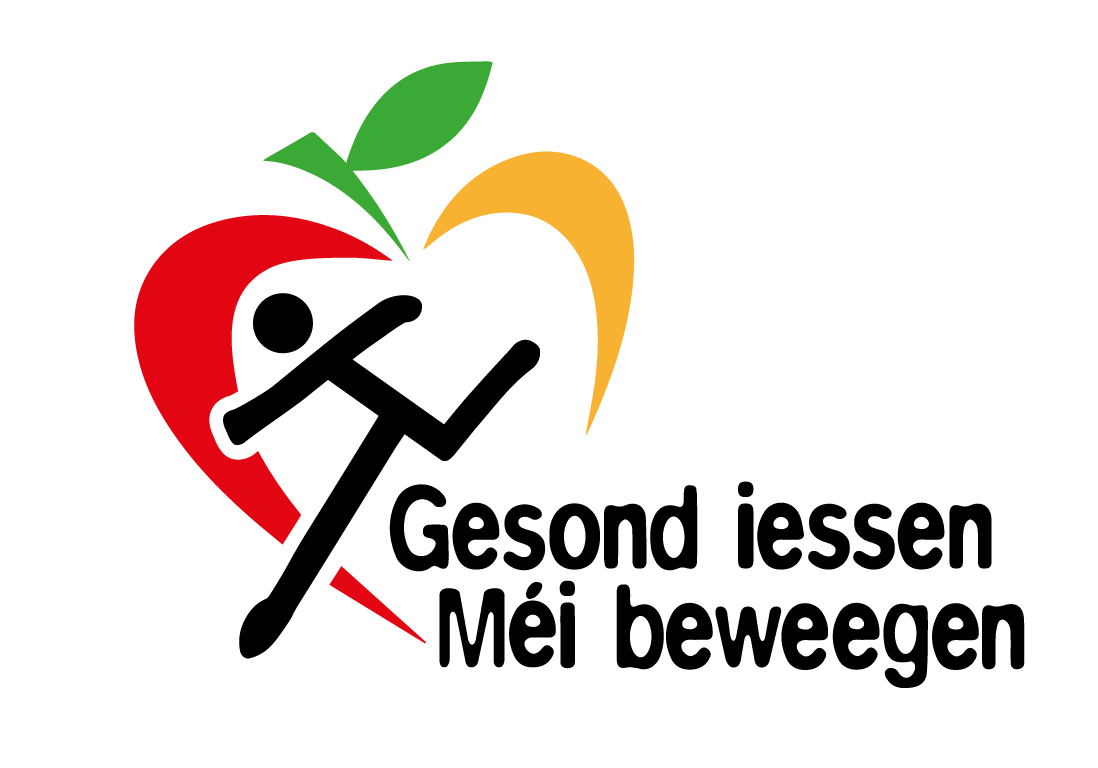Milk, yoghurt and cheese
Rich in protein and calcium, they are essential for correct bone growth and mineralisation (which strengthens the bones).
It's worth knowing that your skeleton carries on getting stronger until your early twenties. This means that it's right now and in the coming years that you should invest in your bones by filling them with calcium.
Did you know that vitamin D is liposoluble, which means that it's found in fat ?
Opt for semi-skimmed dairy products (less than 1.5% fat on average), as they contain a little less fat and are a good source of vitamin D, which is important for the absorption of calcium into the bones.
Milk, yoghurt and cheese are the main source of calcium in the diet.
Vary between milk, yoghurt and fresh, soft and hard cheese.
What is a portion of milk, yoghurt or cheese?
One portion of milk, yoghurt or cheese represents a glass of milk (200ml) and can be replaced by: 1 small pot of yoghurt (125g), 3 tablespoons of cream or cottage cheese, 20g of hard cheese (such as Emmental), 45g of soft cheese (such as Camembert).
How ?
Here are some ideas for eating milk, yoghurt and cheese throughout the day :
- At breakfast : milk or yoghurt on cereal, bread and cheese.
- As a snack: a fruit yoghurt, a homemade milkshake using fruit and milk.
- Incorporated into a meal: cheese on pasta, in gratins, on salads, in a sandwich, etc.
Some products can contain a lot of sugar, such as certain flavored yoghurts, yoghurt drinks and fruit fromage frais. Go for " plain " products and add your own fruit, stewed fruit or jam.
Last update


